Home>Furniture & Design>Bathroom Accessories>How To Remove Stains From Bottom Of Toilet Bowl
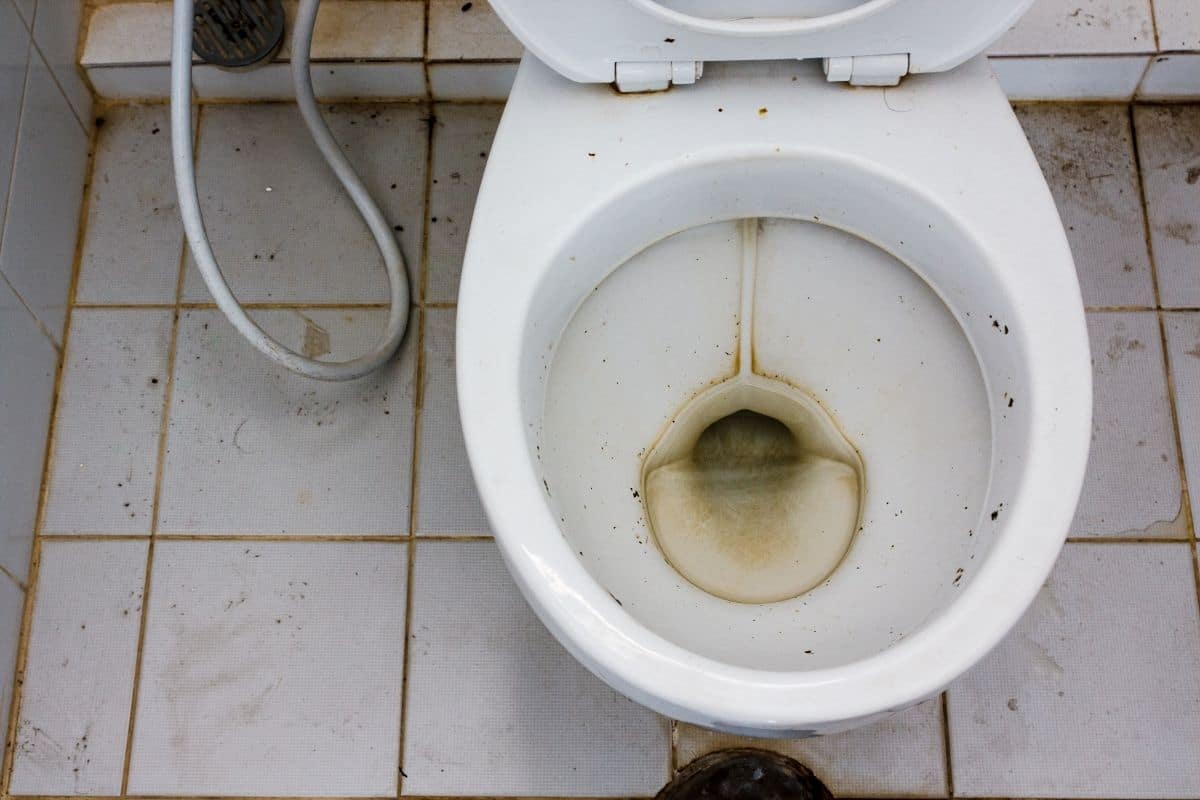

Bathroom Accessories
How To Remove Stains From Bottom Of Toilet Bowl
Modified: March 22, 2024
Learn effective techniques for removing stubborn stains from the bottom of your toilet bowl with our top bathroom accessories. Keep your bathroom looking fresh and clean!
(Many of the links in this article redirect to a specific reviewed product. Your purchase of these products through affiliate links helps to generate commission for Storables.com, at no extra cost. Learn more)
Introduction
Dealing with stubborn stains at the bottom of your toilet bowl can be a frustrating and unsightly challenge. Whether it's rust, mineral deposits, or hard water stains, these blemishes can detract from the overall cleanliness and appeal of your bathroom. However, with the right approach and a few simple tools, you can effectively remove these stains and restore the pristine look of your toilet bowl.
Stains at the bottom of the toilet bowl are a common issue in many households, often caused by a buildup of minerals, hard water, or rust. These stains not only compromise the appearance of your toilet but can also be a breeding ground for bacteria and germs if left untreated. Therefore, it's essential to address these stains promptly to maintain a hygienic and visually pleasing bathroom environment.
In this comprehensive guide, we will explore the underlying causes of stains in the toilet bowl, the tools and materials needed for effective stain removal, and a step-by-step approach to banishing those stubborn blemishes. Additionally, we'll discuss preventive measures to minimize the recurrence of stains, helping you maintain a sparkling clean toilet bowl for the long term.
By following the techniques outlined in this guide, you'll be equipped with the knowledge and resources to tackle even the most persistent stains, ensuring that your toilet bowl remains a pristine and inviting feature in your bathroom. Let's dive in and discover the effective strategies for removing and preventing stains from the bottom of your toilet bowl.
Key Takeaways:
- Say goodbye to stubborn toilet bowl stains by using vinegar, baking soda, and a good scrub. Prevent future stains with regular cleaning and water softeners for a sparkling clean bathroom.
- Fight toilet bowl stains with the right tools and techniques. Keep your bathroom pristine by using vinegar flushes, regular inspections, and proper ventilation.
Read more: How To Remove Urine Stains From Toilet Bowl
Understanding the Cause of Stains
Stains at the bottom of the toilet bowl can be attributed to various factors, each contributing to the unsightly discoloration that plagues many bathrooms. Understanding the root causes of these stains is crucial in formulating an effective strategy for their removal and prevention.
-
Hard Water Deposits: One of the most common culprits behind toilet bowl stains is hard water. When water with high mineral content evaporates, it leaves behind mineral deposits that can accumulate over time, resulting in stubborn stains. These deposits are primarily composed of calcium and magnesium, which react with oxygen to form unsightly rust-colored stains.
-
Rust: If your toilet bowl is made of metal or contains metal components, such as the flushing mechanism, rust stains may develop over time. These reddish-brown blemishes are caused by the oxidation of iron or steel within the toilet bowl, often exacerbated by the presence of moisture.
-
Mineral Stains: In regions with high mineral content in the water supply, mineral stains can form at the bottom of the toilet bowl. These stains, often appearing as off-white or yellowish discolorations, are the result of minerals such as lime, calcium, and magnesium building up and adhering to the porcelain surface.
-
Bacterial Growth: In some cases, stains at the bottom of the toilet bowl may be exacerbated by the growth of bacteria and microorganisms. When combined with mineral deposits and organic matter, these microorganisms can contribute to the formation of stubborn, discolored stains.
By recognizing the specific causes of stains in your toilet bowl, you can tailor your stain removal approach to effectively target and eliminate the underlying issues. Armed with this understanding, you'll be better equipped to select the appropriate tools and cleaning agents to tackle the stains head-on, restoring the pristine appearance of your toilet bowl.
Tools and Materials Needed
To effectively tackle stains at the bottom of your toilet bowl, you'll need a selection of tools and materials specifically designed to target and remove stubborn blemishes. Here's a comprehensive list of essential items to have on hand for successful stain removal:
-
Toilet Bowl Brush: A durable and well-designed toilet bowl brush is essential for scrubbing and agitating the stains. Look for a brush with sturdy bristles that can effectively dislodge and break up the stubborn deposits.
-
Toilet Bowl Cleaner: Choose a high-quality toilet bowl cleaner formulated to combat tough stains. Look for products containing ingredients such as hydrochloric acid or citric acid, which are effective in dissolving mineral deposits and rust stains.
-
White Vinegar: This household staple is a versatile and eco-friendly solution for removing stains. The acidic nature of white vinegar makes it effective in breaking down mineral deposits and dissolving stubborn stains.
-
Baking Soda: Known for its gentle abrasive properties, baking soda is an excellent natural cleaner for tackling toilet bowl stains. It can help lift and scrub away discolorations without damaging the porcelain surface.
-
Rubber Gloves: Protect your hands from harsh chemicals and bacteria with a pair of durable rubber gloves. These will provide a barrier between your skin and the cleaning agents, ensuring your safety during the stain removal process.
-
Pumice Stone: For particularly stubborn stains, a pumice stone can be used to gently scrub away mineral deposits and rust without scratching the porcelain surface. Ensure that the pumice stone is specifically designed for use on toilet bowls to prevent damage.
-
Plastic Scraper: A plastic scraper or putty knife can be useful for gently scraping away hardened deposits without causing scratches or damage to the toilet bowl.
-
Old Toothbrush: Repurpose an old toothbrush to reach into tight corners and crevices where stains may be lurking. The small bristles are ideal for detailed scrubbing and targeting hard-to-reach areas.
-
Safety Goggles: When using strong cleaning agents, especially those containing acids, protect your eyes with safety goggles to prevent any splashes or fumes from coming into contact with your eyes.
-
Ventilation: Ensure proper ventilation in the bathroom by opening windows or using an exhaust fan. This will help disperse any fumes from cleaning agents and create a more comfortable environment during the stain removal process.
By assembling these essential tools and materials, you'll be well-prepared to embark on the stain removal process with confidence and efficiency. Each item plays a crucial role in targeting and eliminating the various types of stains that may be present in your toilet bowl, ultimately restoring its pristine appearance and hygiene.
Use a pumice stone to gently scrub away stubborn stains from the bottom of the toilet bowl. Wet the stone and the stained area, then scrub in a circular motion until the stains are gone. Flush the toilet to rinse away any residue.
Step-by-Step Guide to Removing Stains
-
Assess the Severity of the Stains: Before beginning the cleaning process, take a moment to assess the severity of the stains. This will help determine the most appropriate approach and the level of effort required to achieve optimal results.
-
Apply Toilet Bowl Cleaner: Start by applying a generous amount of toilet bowl cleaner to the stained areas, ensuring that the cleaner reaches the bottom of the bowl where the stains are most prominent. Allow the cleaner to sit for the recommended duration to effectively break down the deposits.
-
Scrub with a Toilet Bowl Brush: Using a high-quality toilet bowl brush, vigorously scrub the stained areas to agitate and loosen the deposits. Focus on the bottom of the bowl where the stains are concentrated, applying firm pressure to effectively dislodge the blemishes.
-
Utilize White Vinegar and Baking Soda: For particularly stubborn stains, create a paste using white vinegar and baking soda. Apply the paste to the affected areas and allow it to sit for a few minutes before scrubbing with the toilet bowl brush. The gentle abrasive action of the baking soda combined with the acidic properties of the vinegar can effectively lift and dissolve tough stains.
-
Target Specific Stains with a Pumice Stone: If mineral deposits or rust stains persist, carefully use a pumice stone designed for toilet bowl use to gently scrub the affected areas. Wet the pumice stone and the stained areas before gently rubbing the stone against the deposits, taking care to avoid excessive pressure to prevent damage to the porcelain surface.
-
Scrape Away Stubborn Deposits: For hardened deposits that are resistant to scrubbing, use a plastic scraper or putty knife to gently scrape away the buildup. Exercise caution to avoid scratching the porcelain, and ensure that the scraper is used with a light touch to avoid damage.
-
Detail Cleaning with an Old Toothbrush: For intricate areas and tight corners, use an old toothbrush to perform detailed cleaning. The small bristles of the toothbrush are ideal for reaching into crevices and ensuring that all traces of stains are effectively removed.
-
Rinse and Inspect: Once the stains have been thoroughly scrubbed and treated, flush the toilet to rinse away the cleaning agents and residue. Inspect the bowl to ensure that the stains have been successfully removed, and repeat the process if necessary to achieve the desired level of cleanliness.
By following this step-by-step guide, you can effectively tackle even the most stubborn stains at the bottom of your toilet bowl, restoring its pristine appearance and ensuring a hygienic bathroom environment for you and your family.
Preventing Future Stains
Preventing future stains in the toilet bowl is essential for maintaining a clean and hygienic bathroom environment. By implementing proactive measures, you can minimize the recurrence of unsightly blemishes and preserve the pristine appearance of your toilet bowl. Here are effective strategies to prevent future stains:
-
Regular Cleaning Routine: Establishing a consistent cleaning schedule for your toilet bowl is crucial in preventing the buildup of stains. By regularly cleaning the bowl with a high-quality toilet bowl cleaner and a sturdy brush, you can effectively remove any potential sources of discoloration before they have a chance to become stubborn stains.
-
Use of Water Softeners: If hard water is a prevalent issue in your area, consider installing a water softener to reduce the mineral content in your water supply. By softening the water, you can significantly decrease the formation of mineral deposits and hard water stains in your toilet bowl, contributing to a cleaner and more pristine appearance.
-
Vinegar Maintenance Flush: Periodically, pour a generous amount of white vinegar into the toilet bowl and allow it to sit for several hours or overnight. The acidic nature of vinegar helps dissolve mineral deposits and prevent the accumulation of stains. After allowing the vinegar to work its magic, scrub the bowl as usual to maintain a clean and stain-free surface.
-
Regular Inspections: Routinely inspect the toilet bowl for early signs of stains or discoloration. By identifying and addressing minor blemishes promptly, you can prevent them from developing into stubborn, hard-to-remove stains. Early intervention is key to maintaining a pristine toilet bowl.
-
Proper Ventilation: Ensure that your bathroom is well-ventilated to minimize the buildup of moisture, which can contribute to the formation of rust stains. Use an exhaust fan or open windows during and after showering to promote air circulation and reduce the likelihood of moisture-related stains.
-
Avoid Harsh Cleaning Agents: While it's important to use effective cleaning products, avoid harsh chemicals that can damage the porcelain surface of the toilet bowl. Opt for gentle yet powerful cleaners that are specifically formulated to target stains without compromising the integrity of the bowl.
-
Regular Maintenance of Toilet Components: Inspect and maintain the components within the toilet, such as the flushing mechanism and seals, to prevent rust and metal-related stains. Address any signs of corrosion or deterioration promptly to minimize the risk of stains developing within the bowl.
By incorporating these preventive measures into your bathroom maintenance routine, you can effectively minimize the occurrence of stains at the bottom of your toilet bowl, ensuring a consistently clean and inviting bathroom environment for you and your family.
Conclusion
In conclusion, the battle against stubborn stains at the bottom of the toilet bowl can be won with the right approach and the appropriate tools and materials. By understanding the underlying causes of these stains, such as hard water deposits, rust, mineral stains, and bacterial growth, individuals can tailor their stain removal strategies to effectively target and eliminate the blemishes. Armed with a comprehensive array of tools and materials, including a toilet bowl brush, cleaner, white vinegar, baking soda, and safety equipment, individuals can embark on the stain removal process with confidence and efficiency.
The step-by-step guide provided offers a systematic approach to tackling stains, from assessing their severity to utilizing various cleaning methods, such as scrubbing, applying pastes, and using specialized tools like pumice stones and plastic scrapers. By following these steps, individuals can effectively banish even the most persistent stains, restoring the pristine appearance of their toilet bowl and ensuring a hygienic bathroom environment.
Furthermore, the preventive measures outlined offer proactive strategies to minimize the recurrence of stains, including establishing a regular cleaning routine, considering the use of water softeners, implementing vinegar maintenance flushes, and maintaining proper ventilation. By incorporating these preventive measures into their bathroom maintenance routine, individuals can significantly reduce the likelihood of future stains, preserving the cleanliness and visual appeal of their toilet bowl.
Ultimately, the effective removal and prevention of stains at the bottom of the toilet bowl contribute to a hygienic, visually pleasing, and inviting bathroom environment. By following the techniques and strategies outlined in this guide, individuals can take proactive steps to maintain a sparkling clean toilet bowl, enhancing the overall cleanliness and comfort of their home. With the knowledge and resources provided in this guide, individuals can confidently tackle toilet bowl stains, ensuring that their bathroom remains a pristine and welcoming space for themselves and their guests.
Frequently Asked Questions about How To Remove Stains From Bottom Of Toilet Bowl
Was this page helpful?
At Storables.com, we guarantee accurate and reliable information. Our content, validated by Expert Board Contributors, is crafted following stringent Editorial Policies. We're committed to providing you with well-researched, expert-backed insights for all your informational needs.
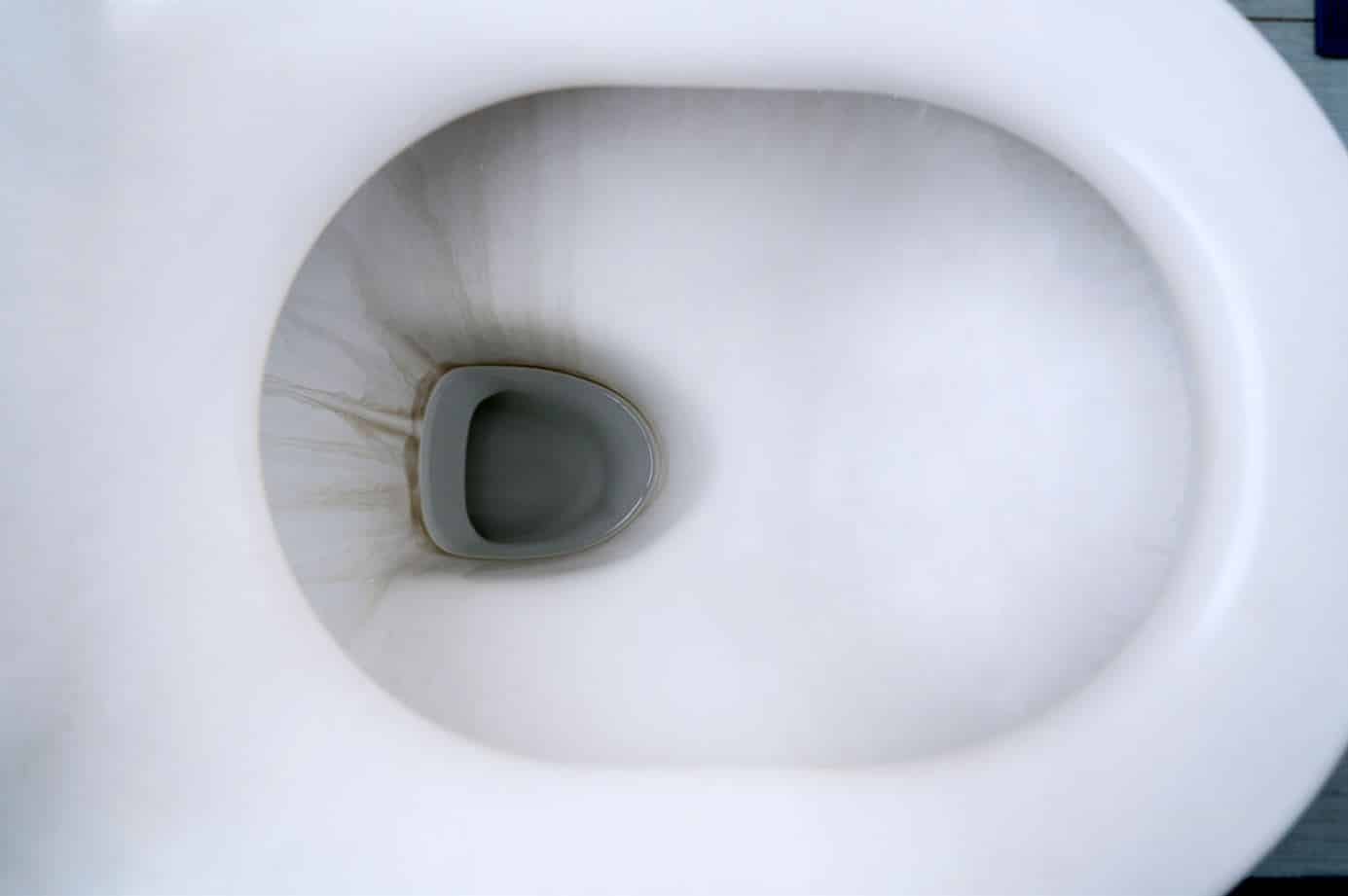
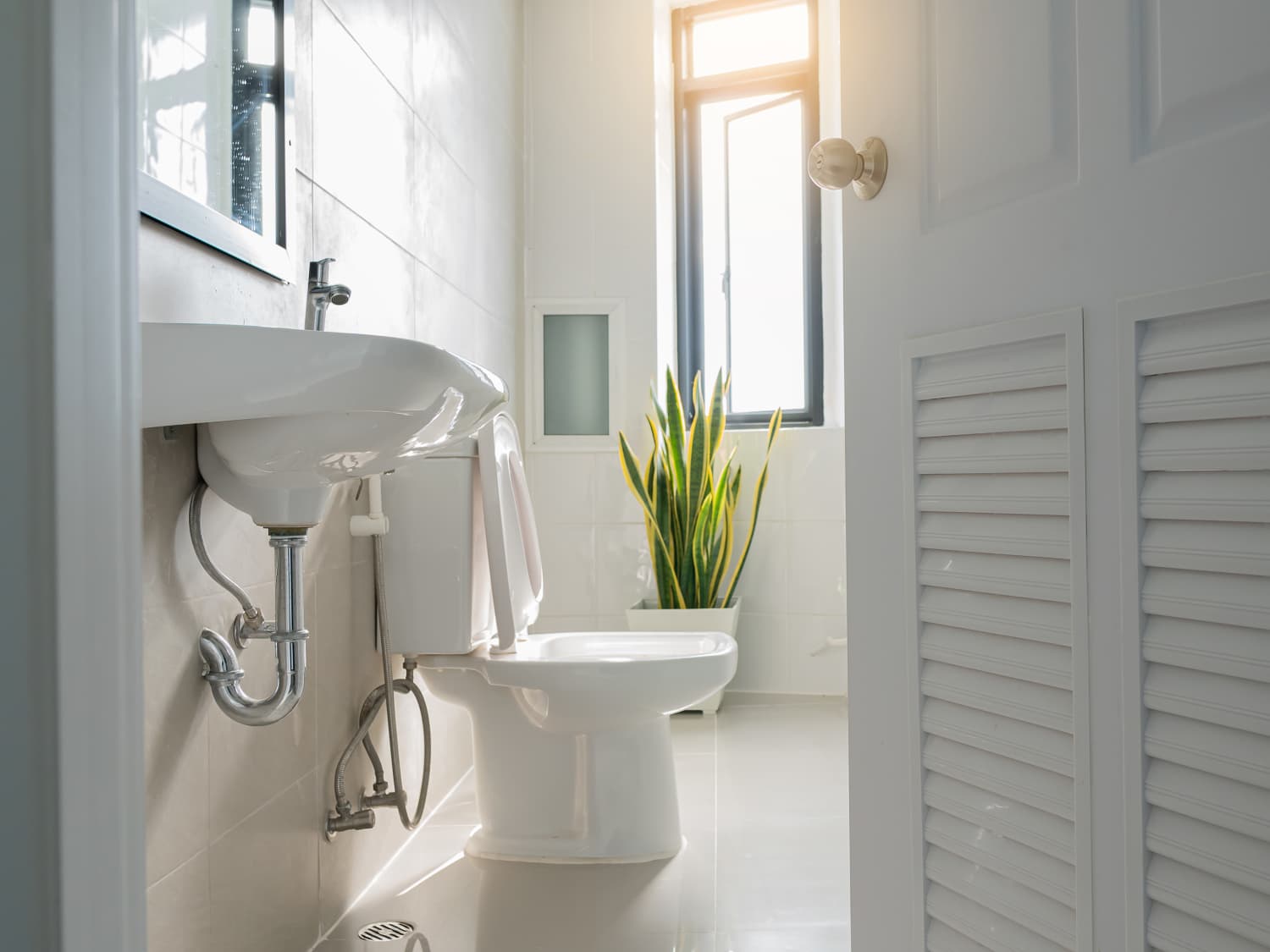
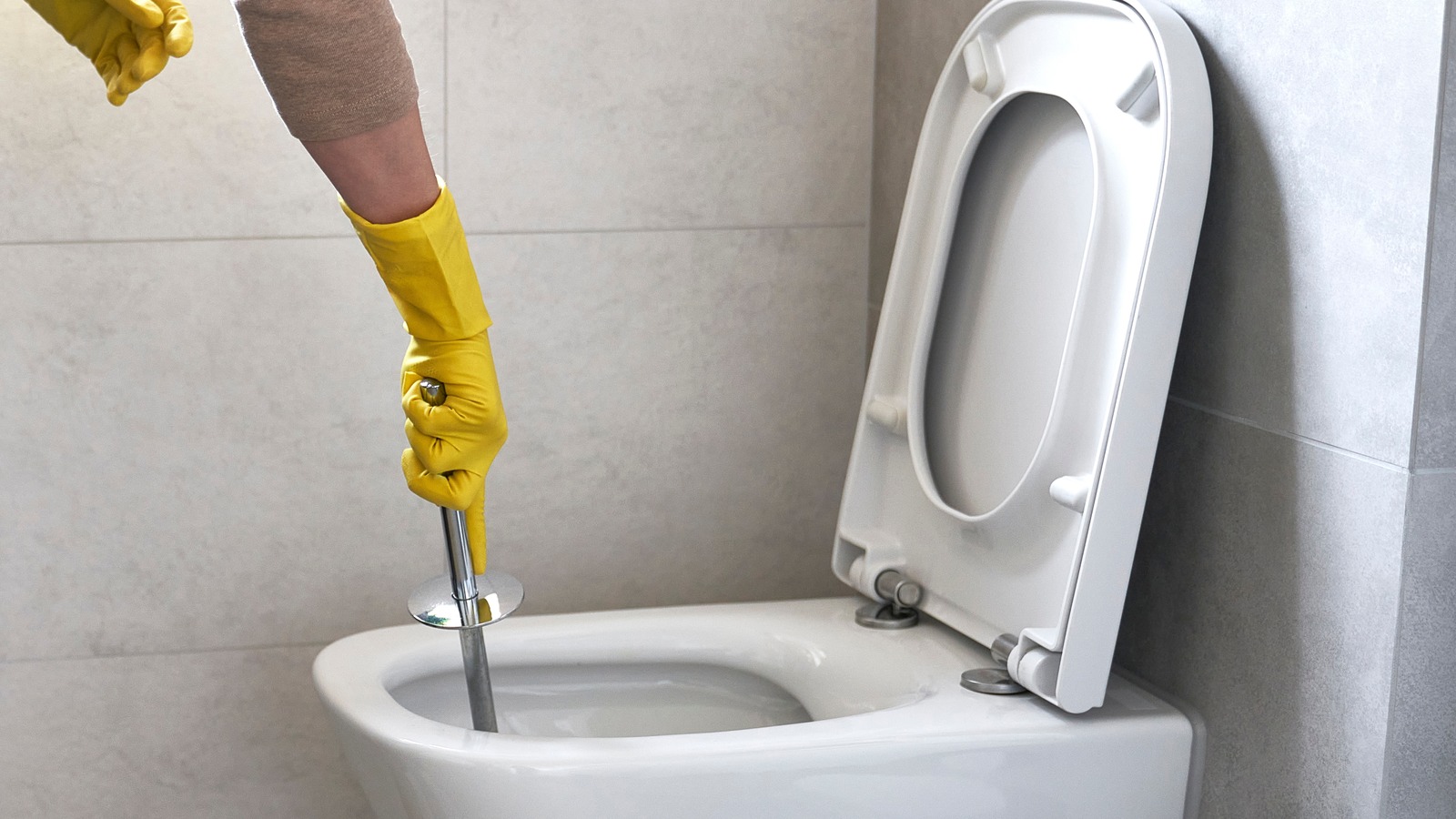
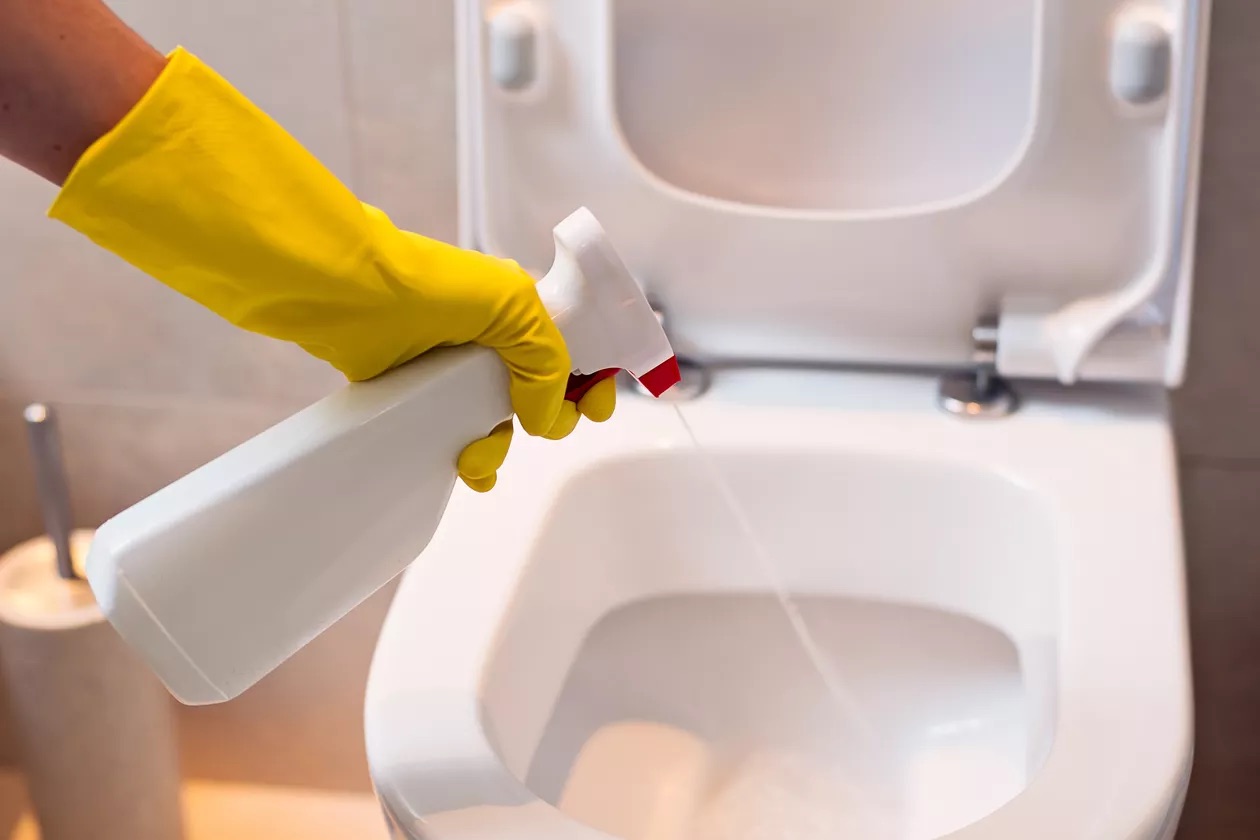
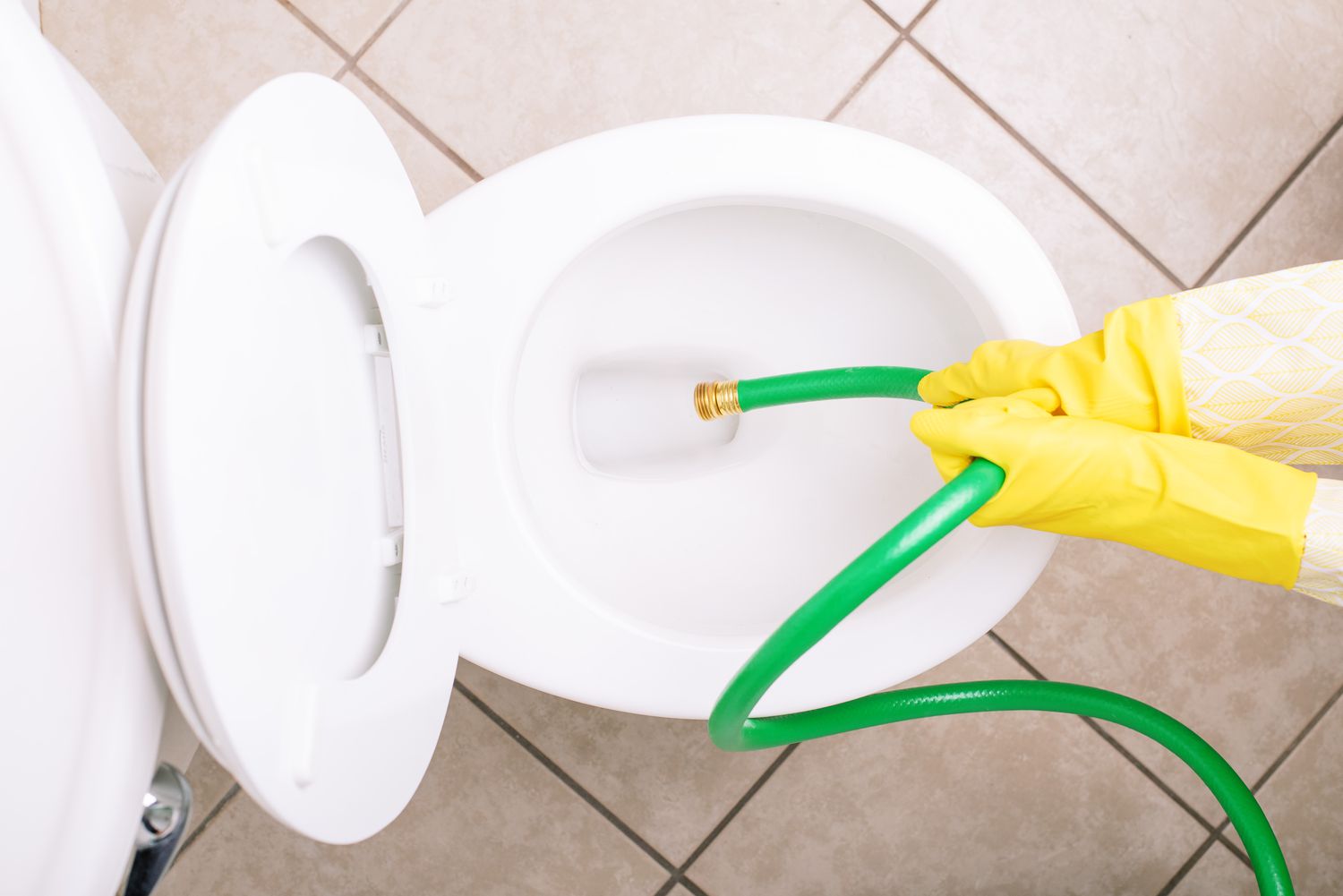
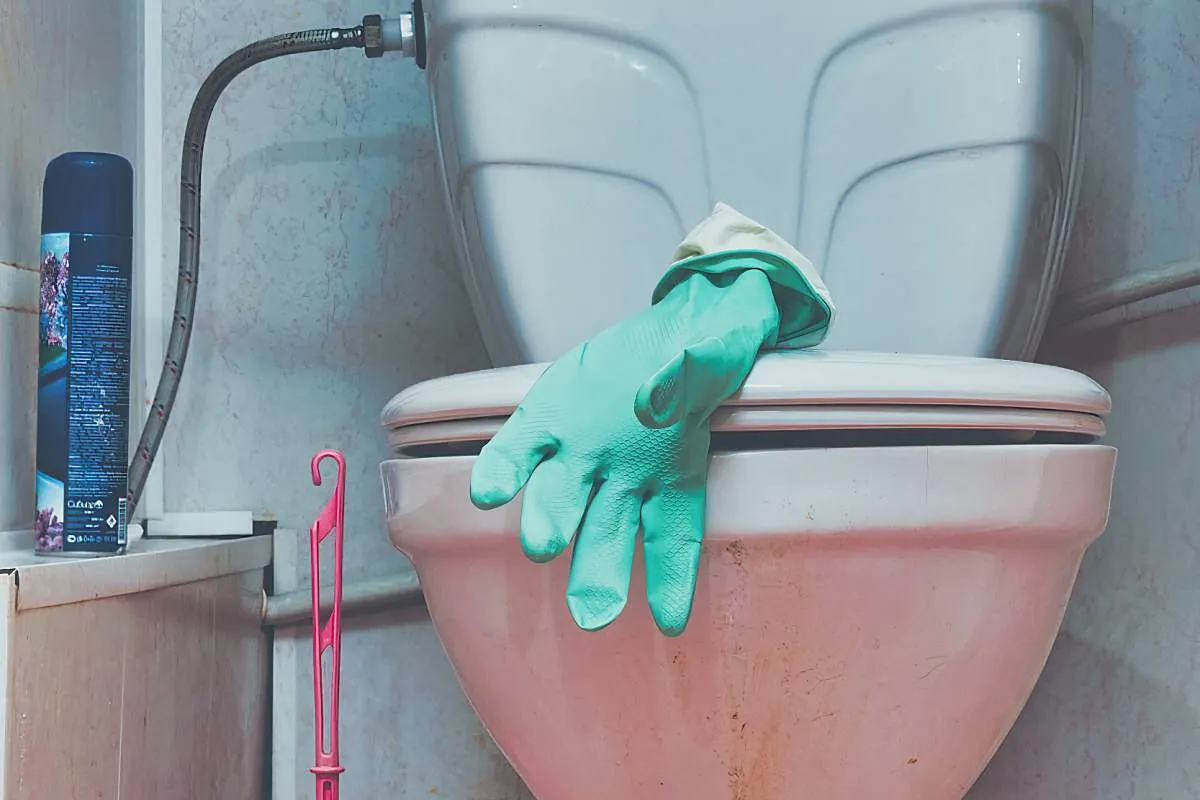
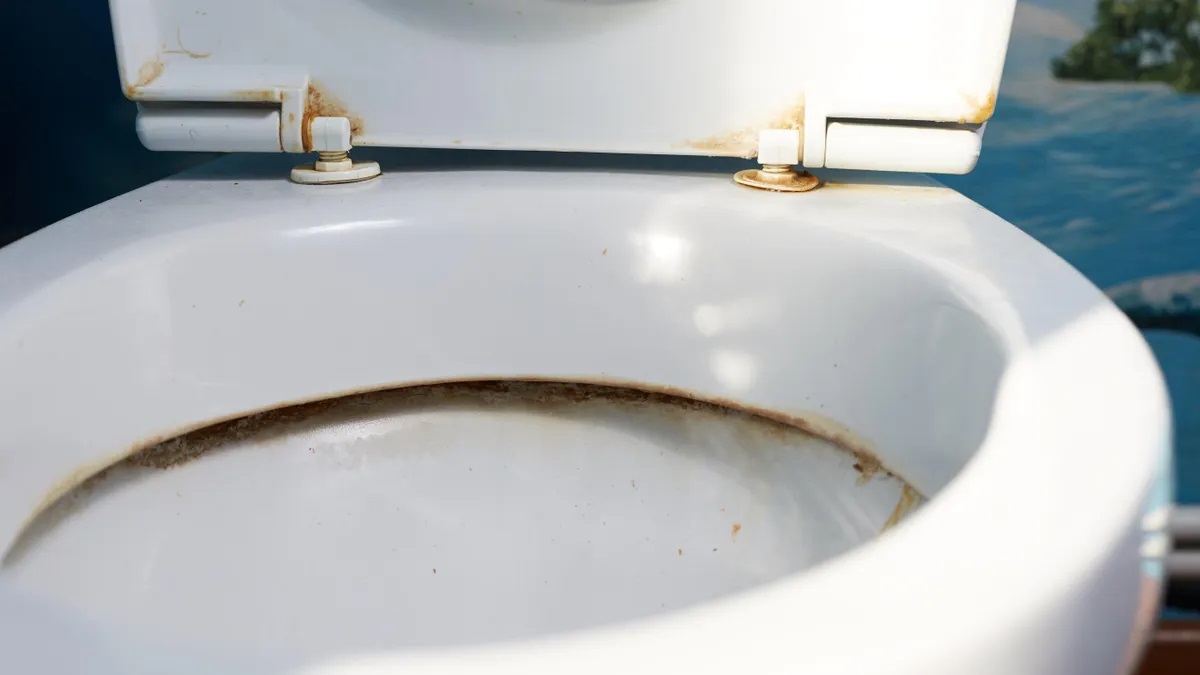
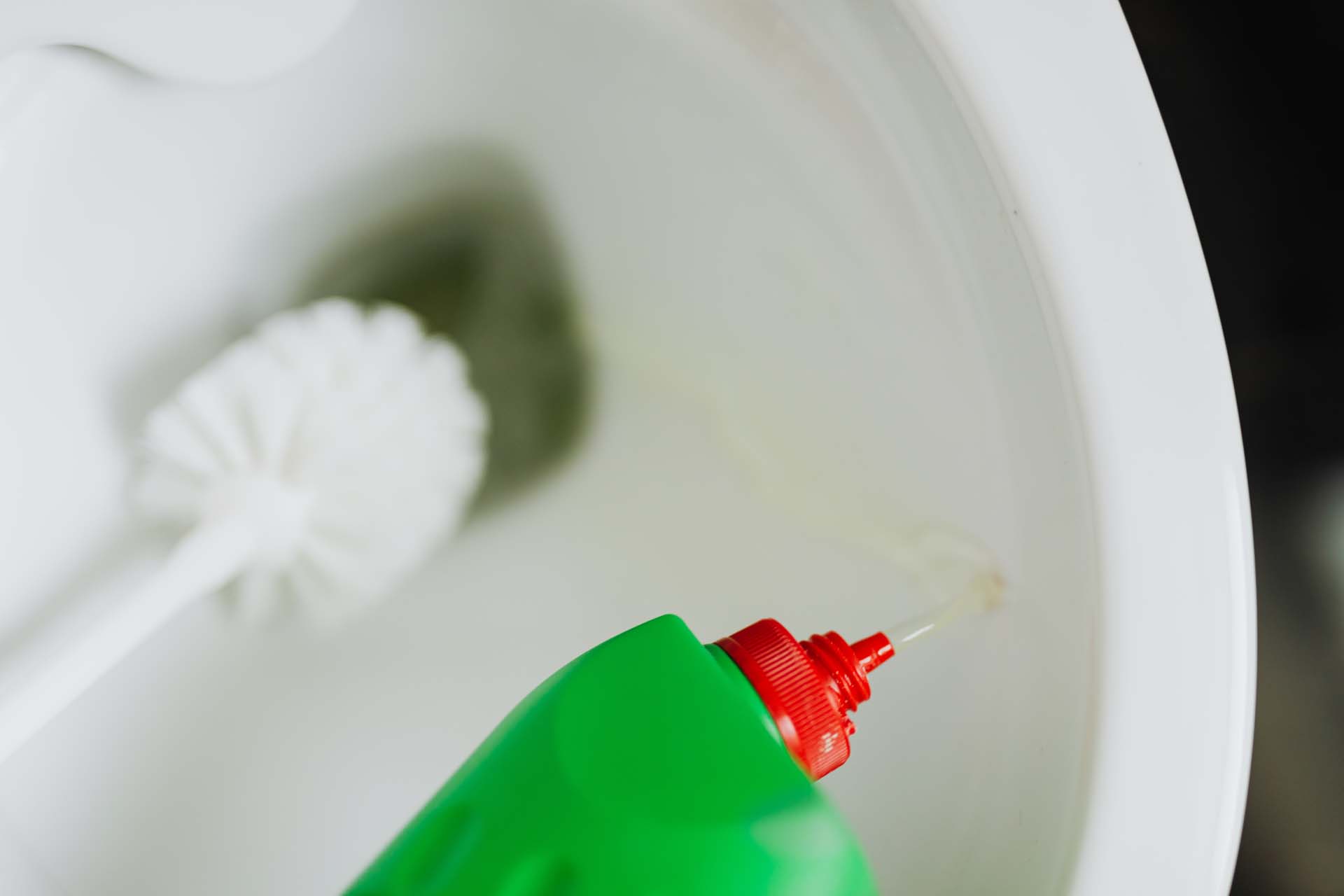
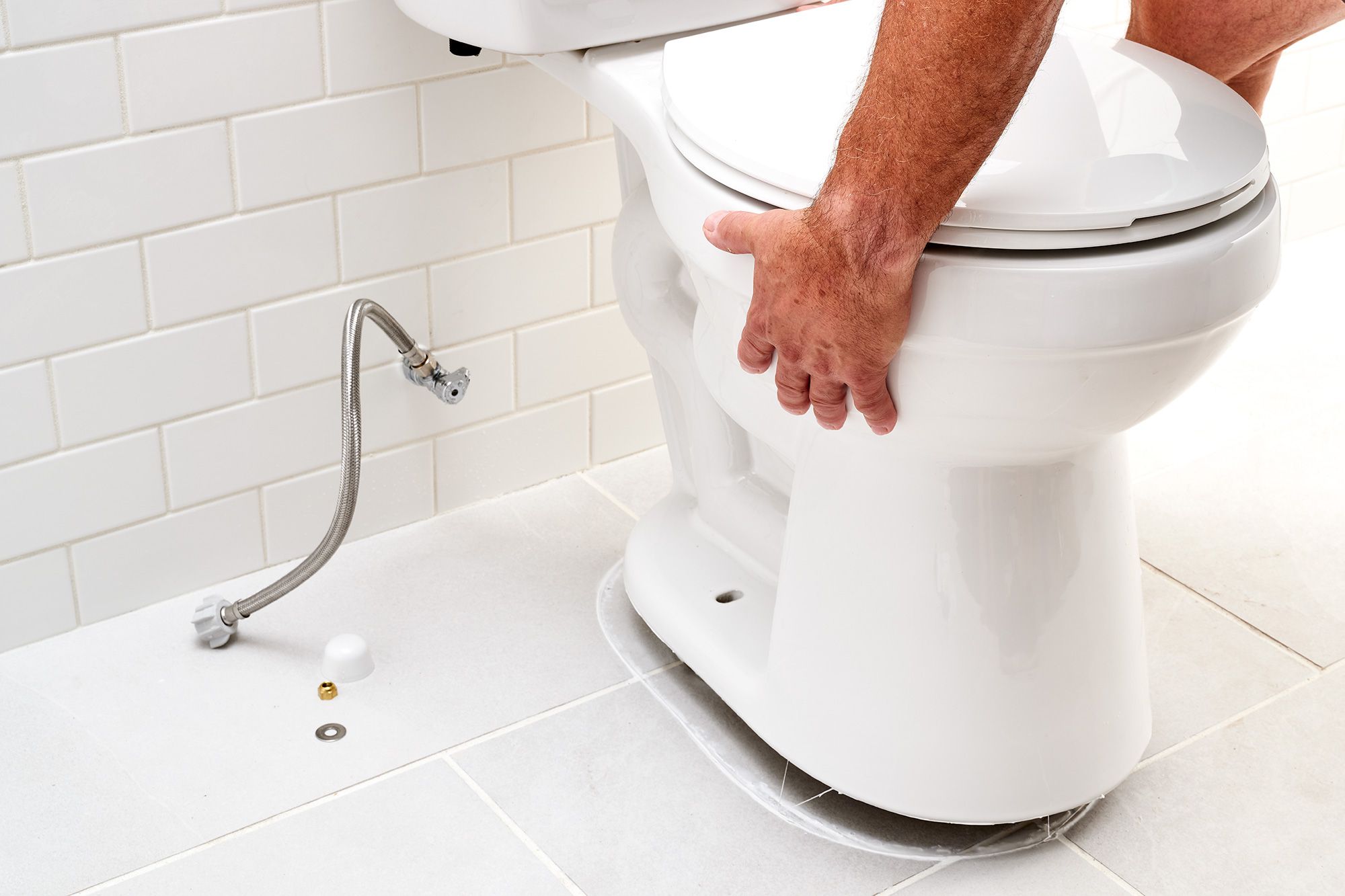
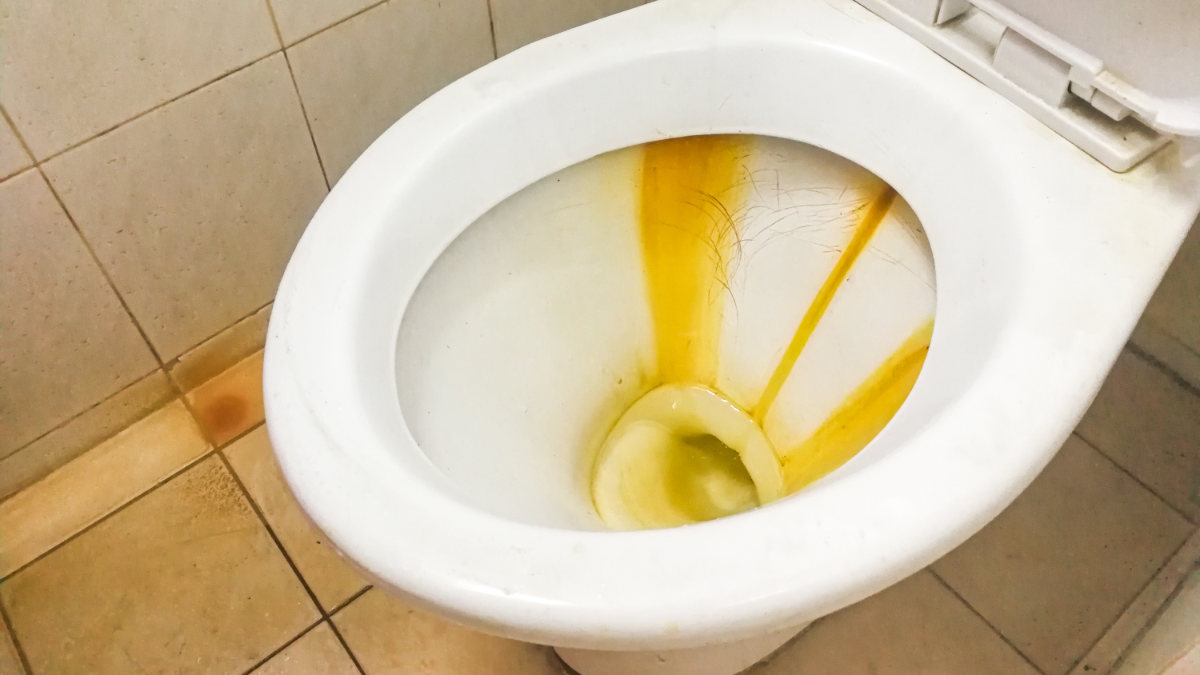
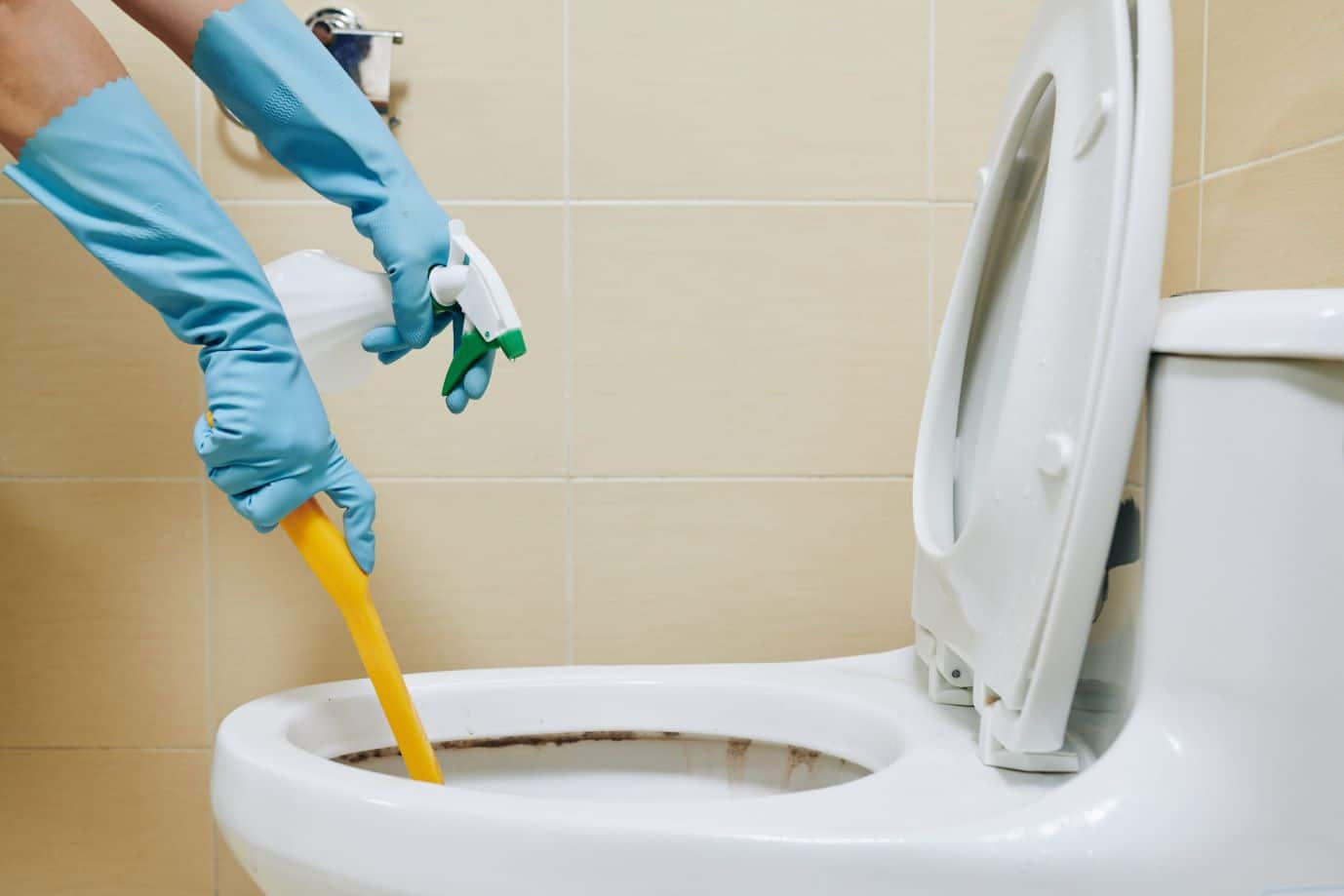
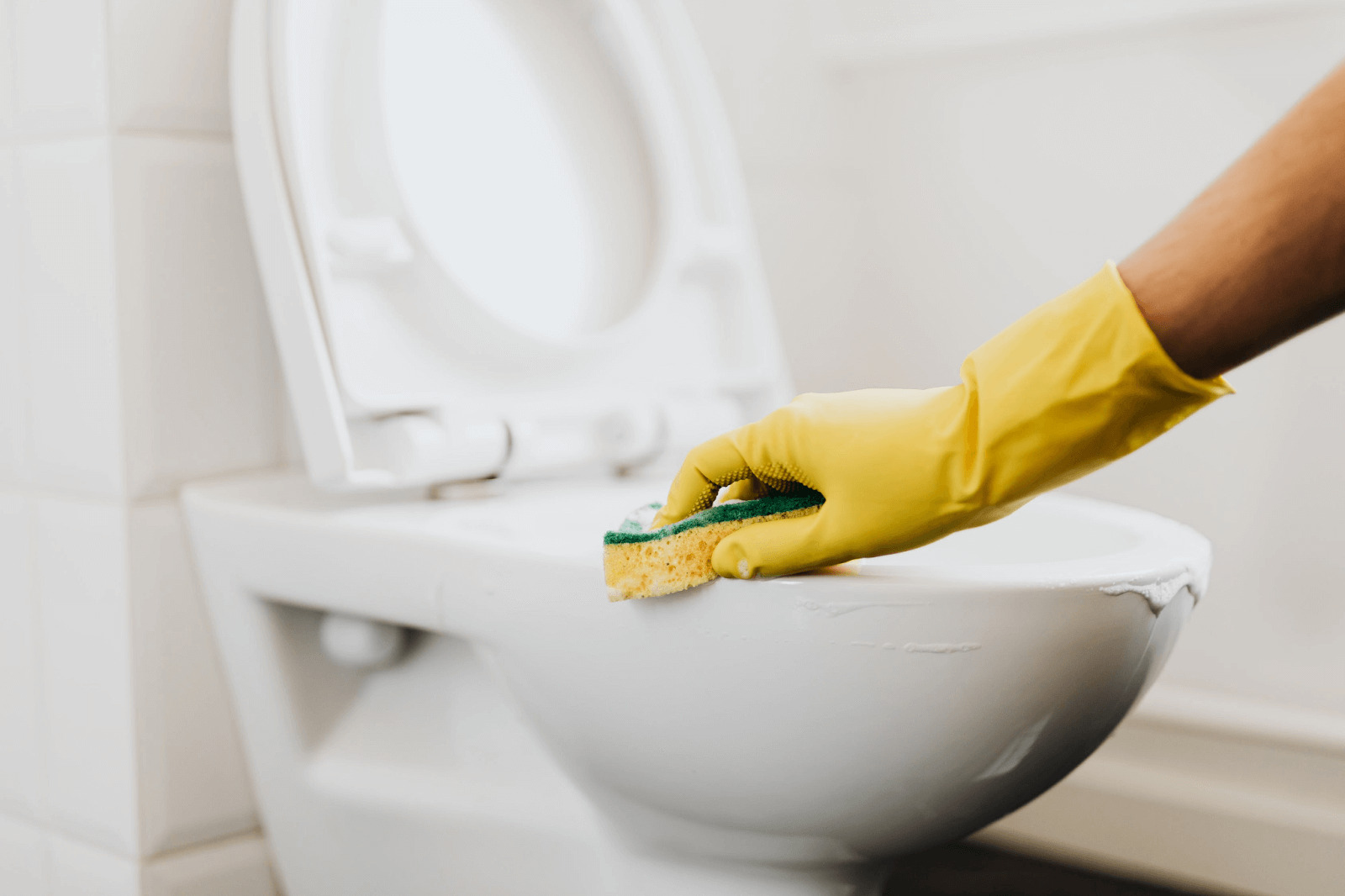
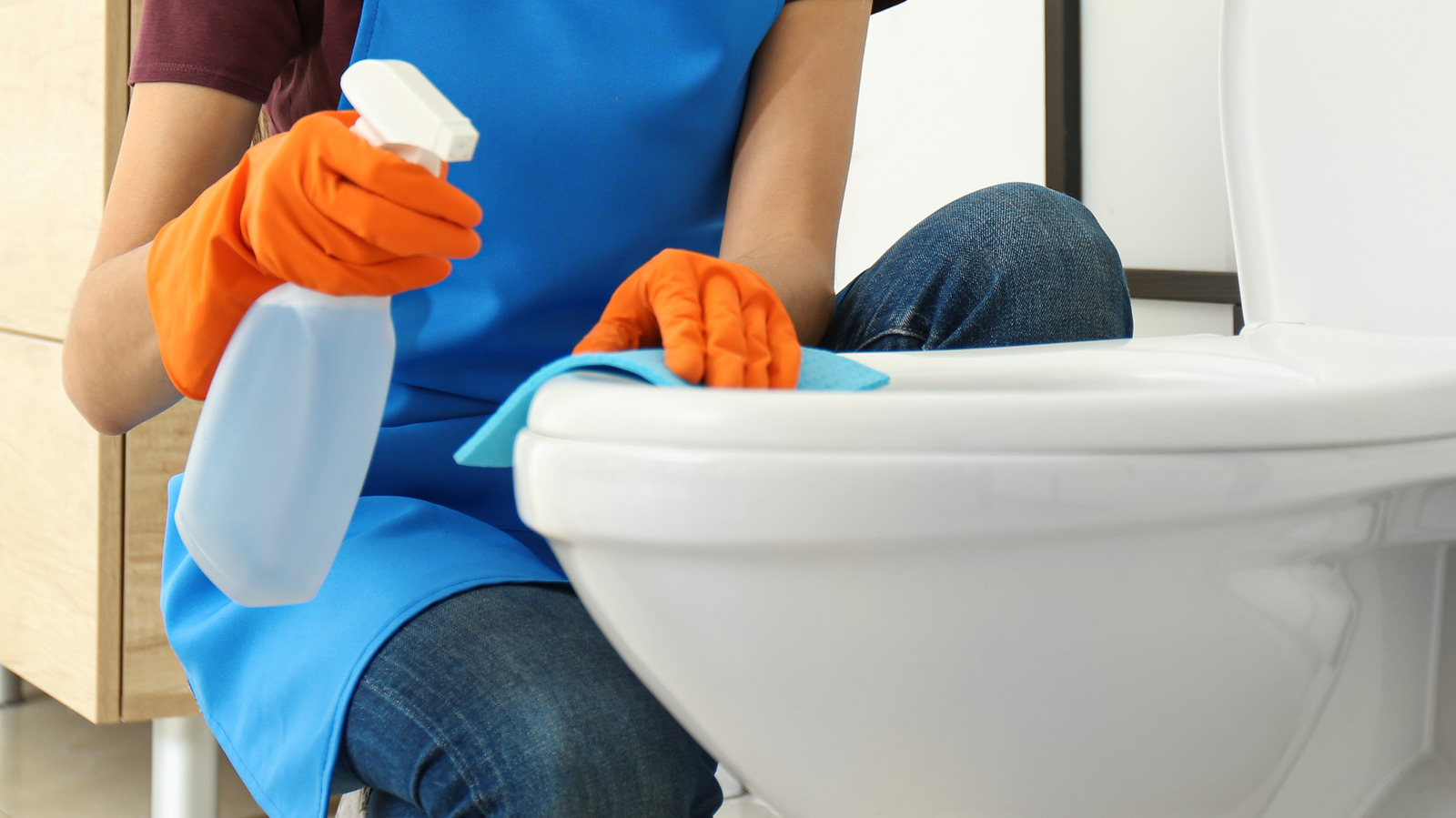
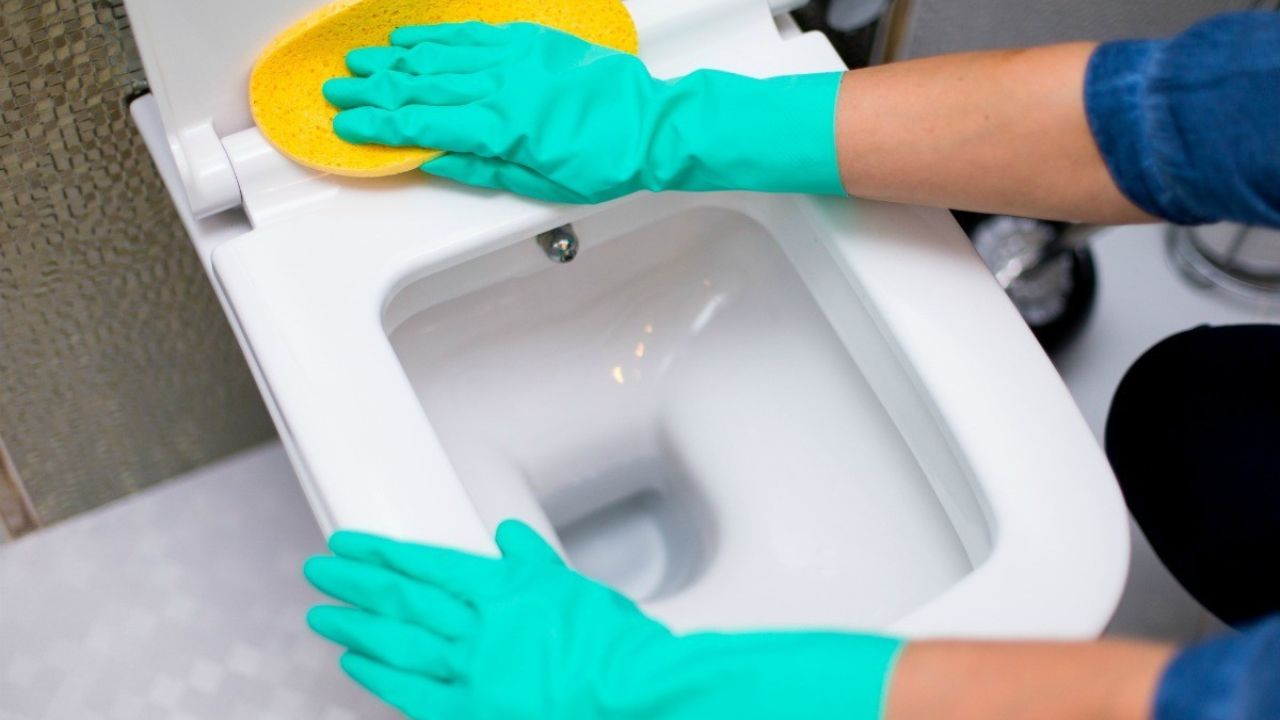

0 thoughts on “How To Remove Stains From Bottom Of Toilet Bowl”